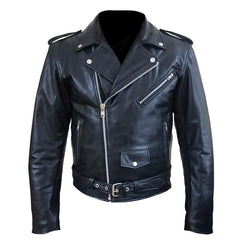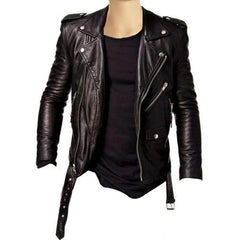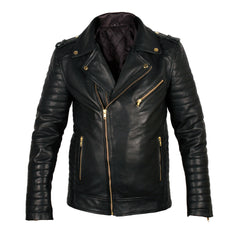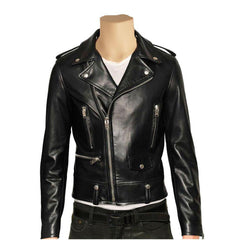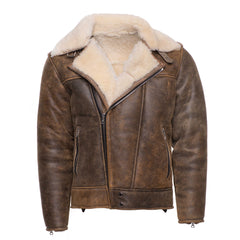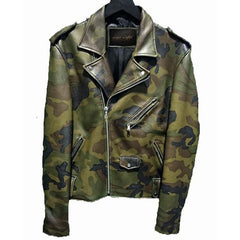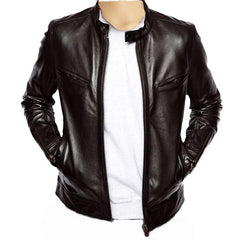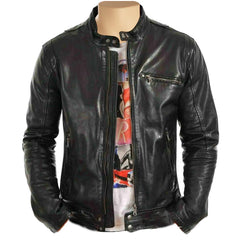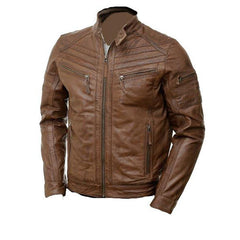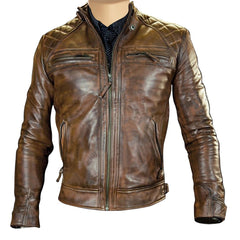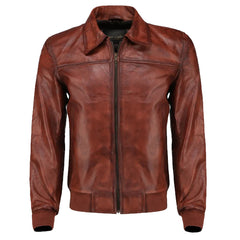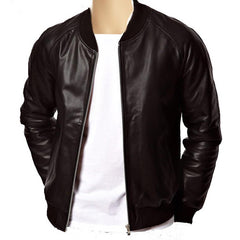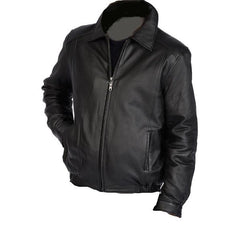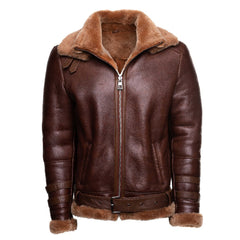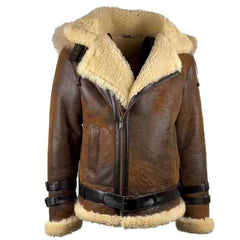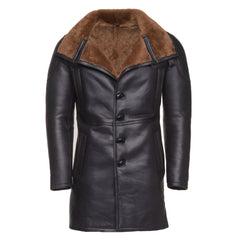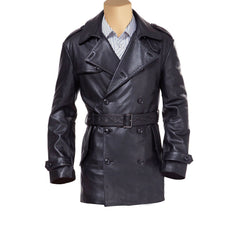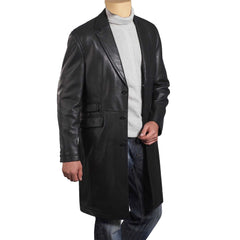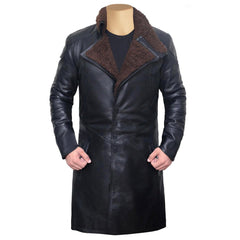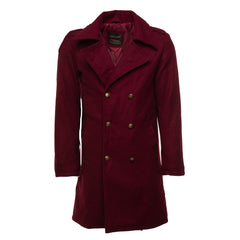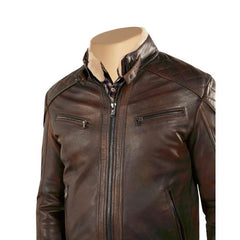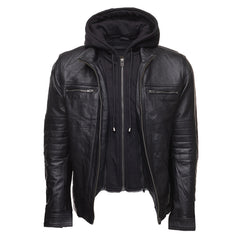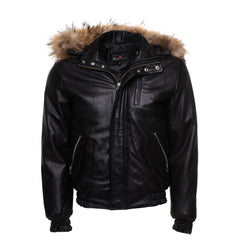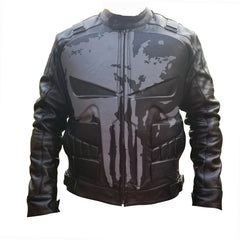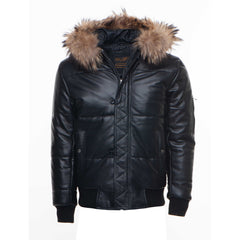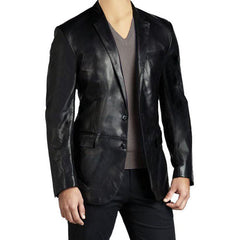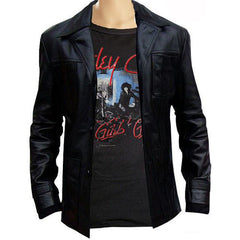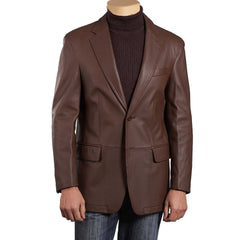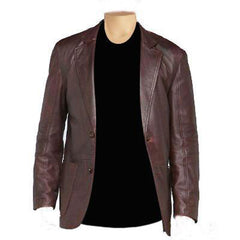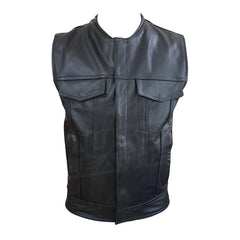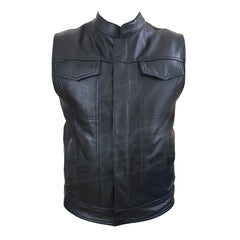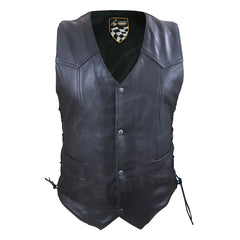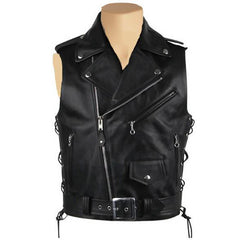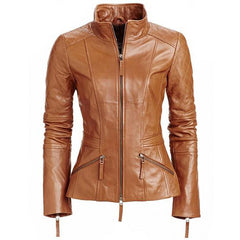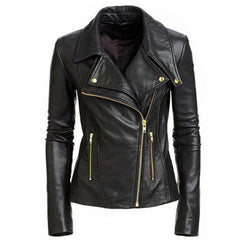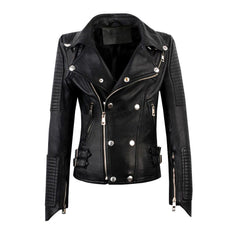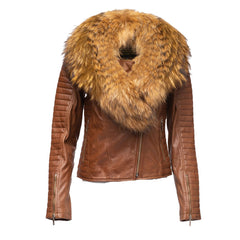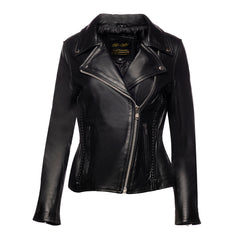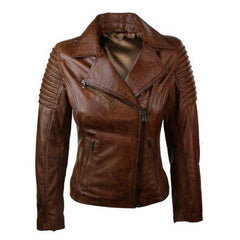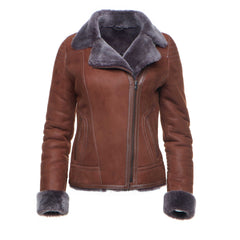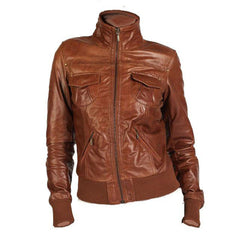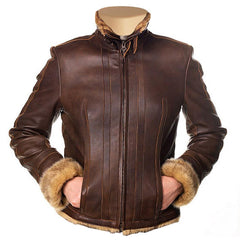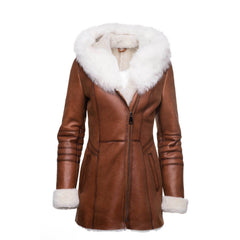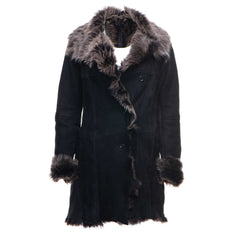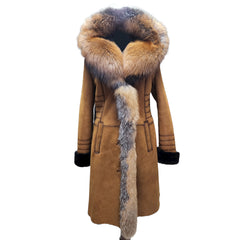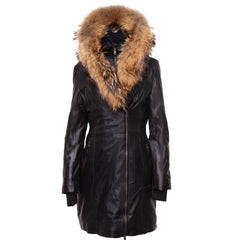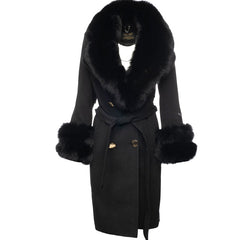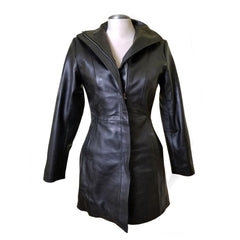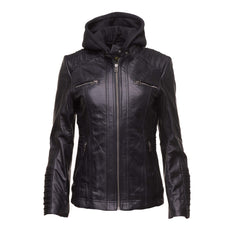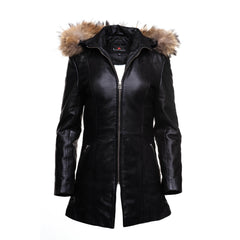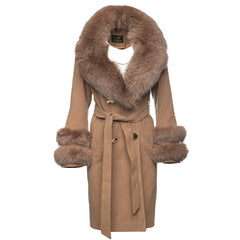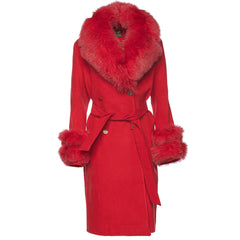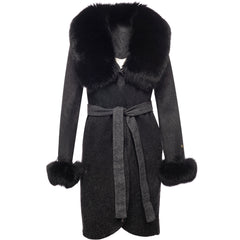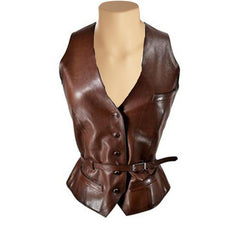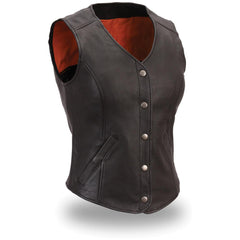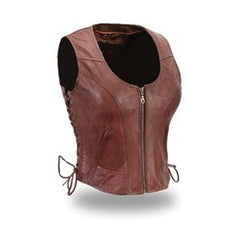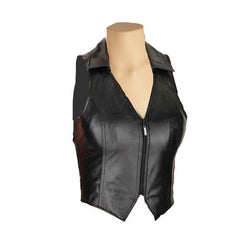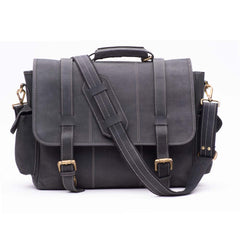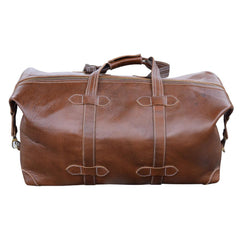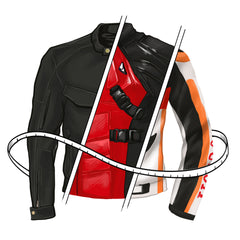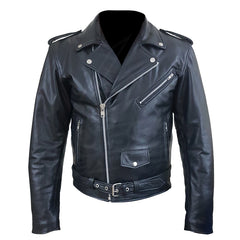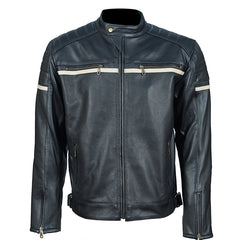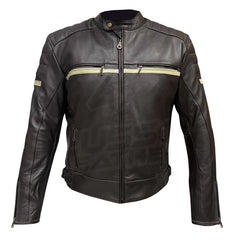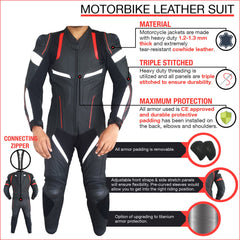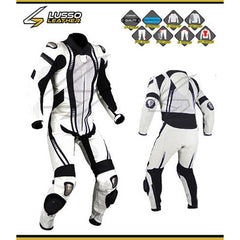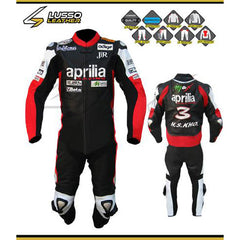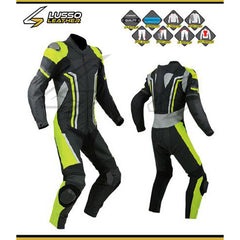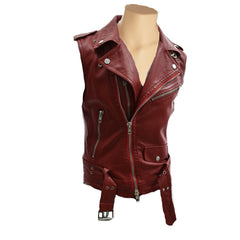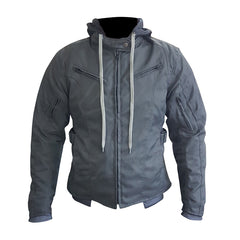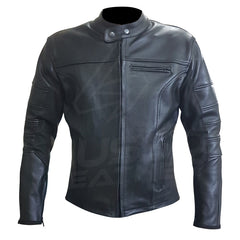What is Full Grain Leather: A Detailed Guide

Leather as material has been a part of craftsmanship for a long time, it is used all over the world due to style, sturdiness, and timeless character. There are many types of leather, but the most premium type of leather is full grain leather. It is greatly valued as it is dense, has a gorgeous look, and can produce a patina of its kind typically. However, leather is not a single material, but a range of products with different quality starting from full-grain and ending with synthetic ones. In this article, we hope to explain what full grain leather is, how it differs from other leathers, including top grain leather, genuine leather, PU leather, saffiano leather, as well as vegan leather, and why it emerges as a high-end material.
What Really is Full Grain Leather?
Full grain leather is the best type of leather that you can get for your dollar. A smart to it is cut from the outer surface of the skin up to the fibers, known as the grain line. The ‘grain’ is the sheen or rough surface of the hide or skin that forms part of the leather’s unique natural surface texture. Full anils leather is untreated, and its surface is not sanded, pad, or finished to remove imperfection as do with other leathers.
The beauty, therefore, of full grain leather is that it is real. Since the surface of the material is not altered it normally exhibits imperfections, marks, and irregularities that are characteristic to the individual piece. In the course of time the soft grain leather acquires patina—a sort of soft sheen, which in addition to adding to the beauty makes one appreciate that it has survived through the years of tough use.
How is Full Grain Leather Made?
Full grain leather production comprises of a strict and detailed set of processes starting by choosing the best quality animal skin, frequently the cow. These hides undergo a very prohibitive tanning process which may be either vegetable tanned, or chrome tanned.
Tanning: The hides are then washed to detach hair, fats and other objectionable material from animal hides. Tanning agents are then paddle applied so as to avoid decomposition of the hide and increase its product toughness. The two primary tanning methods are:
-
Vegetable tanning: This includes the use of natural tannins got from plant material such as tree barks. Vegetable tanned full grain leather is usually of firm nature with natural surface shine.
-
Chrome tanning: Chrome tanning utilizes chemical agents mainly the chromium salts to arrive at a more pliable leather. Chrome-tanned leather is usually also luminous, and its color is brighter.
Drying and Conditioning: The hides are also tanned and then dried and conditioned after tanning is completed. Conditioning aids in maintaining the water content of the leather and thus it does not crack.
Finishing: Full grain leather is then endowed with a color and some treatment to make it more presentable, but it is not polished or peeled. This helps to preserve the grain and that explains why full grain leather will have a natural look or feel to it. As the grain is left intact full grain leather retains the hard-wearing fibers of the hide making it very long lasting.
Comparison of Full Grain Leather with Other Leather Types
Besides the above-mentioned types of leather and leather-like materials, there exist several another which possess different characteristics and application. Knowledge of such distinctions is useful in deciding when purchasing leather goods.
Top Grain Leather: This is the second-best quality hide there is. Like full aniline leather, this material is sourced from the outermost layer of the animal’s skin but with deviations that are made to even the surface. This does make the leather less thick and more even, but at the same time the fibers are broken, so it is not as durable as full grain leather. Real top grain leather is commonly found in furniture and luxury accessories as well as in clothing.
Genuine Leather: The term that is most deceiving is the faux term ‘genuine leather’. This means leather from different layers other than the top grain layer. It’s inferior and can be cut and varnished to a smooth veneer externally so as to appear like solid wood. By comparison, genuine leather does not quite match the strength and attractiveness of full grain leather, but it is cheaper to produce, and is frequently used in belts, wallets, and shoes.
Patent Leather: This is a type of leather that the manufacturers have treated with a high-gloss varnish; this makes it to be shiny and wh Lamar coats leather in a way that it becomes glossy and waterproof. Nonetheless, it is significantly shinier than full grain leather and it is not as porous, nor is it as durable either.
PU Leather: PU (Polyurethane) leather is synthetic leather based on split leather material coated with polyurethane layer. It is common to buy cheaper furniture and fashion accessories, though it is available to anyone who seeks vegan materials.
Vegan Leather: This term refers to synthetic leather that has no parts produced from animals. Vegan leather can be sourced from PU Leather, PVC, pineapple leather or even mushroom leather. Despite its cruelty-free nature, vegan leather usually does not outlast full grain leather or accrue a patina that it can be proud of.
Bonded Leather: Bonded leather is essentially leather cuts that have been ground up with some form of glue and then pressed into sheets. It is the worst kind of leather that can be found in cheap furniture or accessories. Whilst bonded leather is cheaper than full grain leather, it does not have full grain’s strength or appearance and deteriorates quickly.
Saffiano Leather: Saffiano leather is a distressed leather, which can be made from top grain leather or PU leather, crosshatch textured and coated. This one is most often used in designer handbags due to its inability to scratch while not being as durable or developing that rich patina that full grain leather does over time.
Types of Full Grain Leather
There are several types of full grain leather, each with distinct characteristics:
Aniline Leather: This is the most natural full grain leather there is in the market and most preferred by the people. It is colored with soluble dyes so that textural and other markings which may be present in the hair are not obscured. Aniline leather is of very high quality and gains a rich appearance over time, but it is easily scratched and may be easily stained.
Semi-Aniline Leather: Semi aniline leather has a mild lacquer finish; thus, it is more resistant than aniline leather. It also remains characteristically what is called the natural grain of the wood but is harder and can withstand much wear as compared to the previous.
Pull-Up Leather: Pull-up leather is smeared with oils and wax and when pulled becomes a different color. This makes it look durable and is often used for manufacturing boots and leather bags.
What Are the Benefits of Full Grain Leather?
Full grain leather has numerous advantages over other leather types and synthetic alternatives:
Durability: As a result of its construction from full grain leather, the fibers are very tough and make the good very durable. It is non-tear able and can withstand a lot of uses and abuses.
Aging Gracefully: Unlike faux leathers like microfiber PU leather or vegan leather, full grain leather becomes more beautiful with age. This stage gives the leather some roughness making its outlook unique and lovely.
Breathability: Full grain leather is also breathable, and this is suitable for products such as shoes, jackets and bags.
Uniqueness: The hide from which full grain leather is cut is therefore different for every single garment and has inherent variations. The scaring, fleas and grain configuration make each of the products unique.
What Makes Full Grain Leather Special?
The best, however, is full grain leather due to its genuine and durability. That is why, compared to other types of leathers such as top grain leathers, or Saffiano leathers, full grain leather has its natural grained surface, and it is rougher and has some imperfections which make it to be fascinating among those people, who value the work of artisans. This material can easily be treated to gain a vintage look while at the same time being incredibly tough, thus proving popular in fashion, furniture and accessory production.
How to Care for Full Grain Leather
To ensure full grain leather lasts for years, proper care is essential:
Cleaning: Wash the leather with a cloth containing a little water and wipe off with another cloth. Such external controls include; Do not use aggressive chemicals or detergent.
Conditioning: Use a leather conditioner every now and then to maintain the softness of the leather and possibly get it to crack. This also benefits us by retaining its natural oils.
Protection: Although full grain leather is inherently waterproof, you can use a waterproofing product to shield it from water damage in wet conditions such as rain.
Conclusion
Full grain leather is the premium form of leather that is most preferred for its strength, as well as the natural finish in its appearance and the potential for developing patina. Comparing full grain with other varieties of leathers such as top grain leather, genuine leather, PU leather, and saffiano leather, this variety comes out a winner on account of its genuine nature and sturdiness. Although synthetic leathers such as vegan leather and bonded leather exist the market is unable to provide products of full grain leather quality. It is recommended for people who want to purchase goods that don’t wear out, fade and get even better with time, full grain leather is the best.
FAQs - What is Full Grain Leather?
Is full grain leather real leather?Yes, full grain leather is real leather and it is also considered to be the highest quality of leather. It originates from the outer layer of each animal skin and preserves the tissue grain, which is very rigid and therefore very sturdy.
Is top grain leather better or full grain leather?
Other things being equal full grain leather is better in terms of strength and originality. Top grain leather is processed by sanding, which leaves it with scars and imperfections but also makes it thin, and strips away its genuine grain.
What has full grain leather been used for?
Full grain leather is used for fine items like chain jewelries, luxurious handbags, wallets, shoes, belts, apparels, fashionable jackets, home furniture among others.















